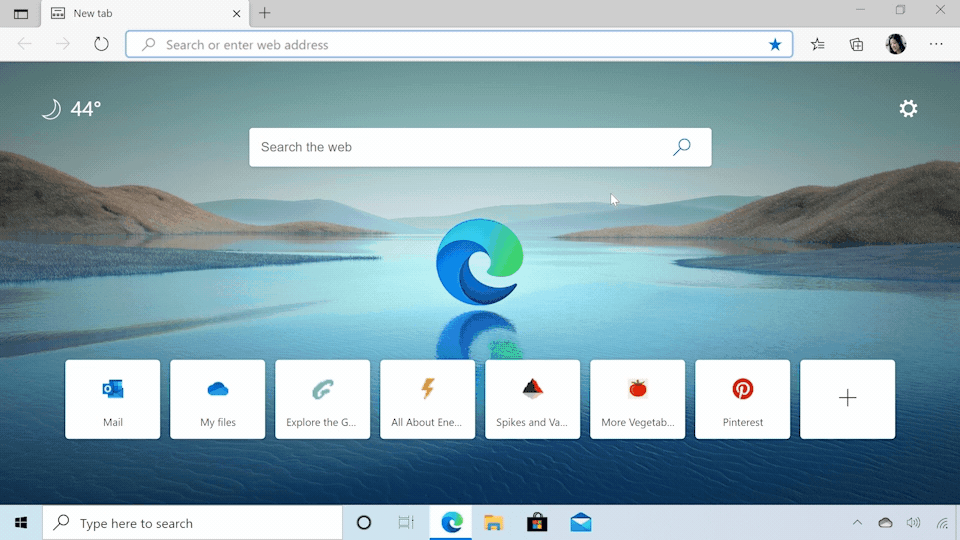InPrivate is the name of Microsoft Edge’s private browsing mode. While using InPrivate, Edge deletes your local browsing history when you close all browser windows. While using InPrivate, Edge deletes your local browsing history when you close all browser windows. You can open an InPrivate window in different ways: Right-click the Microsoft Edge logo in the taskbar and select New InPrivate window. In Microsoft Edge, right-click a link and select Open link in InPrivate window. In Microsoft Edge, select Settings and more New InPrivate window. InPrivate browsing. Microsoft Edge’s InPrivate Browsing allows you to surf the internet without your search history, temporary files, cookies, usernames, and passwords being retained by the browser. All this data is automatically deleted as soon as you close the InPrivate window. To exit InPrivate browsing, close the window. Microsoft Edge: Open an InPrivate Browsing Window. Edge is Microsoft’s new browser that comes included with Windows 10. Like IE, it retains the InPrivate nomenclature to designate when a private browsing window is open.
InPrivate browsing in Microsoft Edge is similar to Chrome’s Incognito mode, which lets you browse the web without leaving behind browsing history, cookies, etc. Phpstorm laravel facades. So if you want to track online activities on a shared Windows 10 PC, you have to disable InPrivate browsing on Microsoft Edge.
Method 1: Disable Microsoft Edge InPrivate Browsing via Group Policy
Microsoft Edge Disable Private Browsing
- Press the Windows key + R together, type gpedit.msc in the Run box and press Enter.
- When the Local Group Policy Editor opens up, browse to the following path:
Computer Configuration > Administrative Templates > Windows Components > Microsoft EdgeOn the right side, double-click the Allow InPrivate browsing policy.
- To turn off inPrivate browsing, select Disabled, click Apply and then OK.
- Now, open your Edge browser. Click on the More actions button (three dots). When the drop-down menu appears, the option labeled New InPrivate window will appear grayed out.


Method 2: Disable Microsoft Edge InPrivate Browsing via Registry Editor
If you’re using Windows 10 Home, the Local Group Policy Editor is inaccessible, but you can still disable Microsoft Edge InPrivate Browsing using the Registry Editor.
- Open the Registry Editor and navigate to the following location:
HKEY_LOCAL_MACHINESOFTWAREPoliciesMicrosoft - Right-click on Microsoft key in the left pane and choose New -> Key, and name it MicrosoftEdge. Now right-click on the newly created key MicrosoftEdge and choose New –> Key, and name it Main.
- Select the Main key in the left, and then right-click empty space in the right pane. Select New -> DWORD (32-bit Value), name it AllowInPrivate and set its value to 0.
- Reboot your computer for the changes to take effect. Open Microsoft Edge. The New InPrivate window option should be greyed out.
Turn On Inprivate Browsing Windows 10

If you want to turn on Microsoft Edge InPrivate browsing again, just following the same instructions above. But, change the value of AllowInPrivate Google browsers for mac. from 0 to 1.
Microsoft Edge Inprivate Browsing Greyed Out
Related posts:
Microsoft Edge Inprivate Browsing Shortcut
